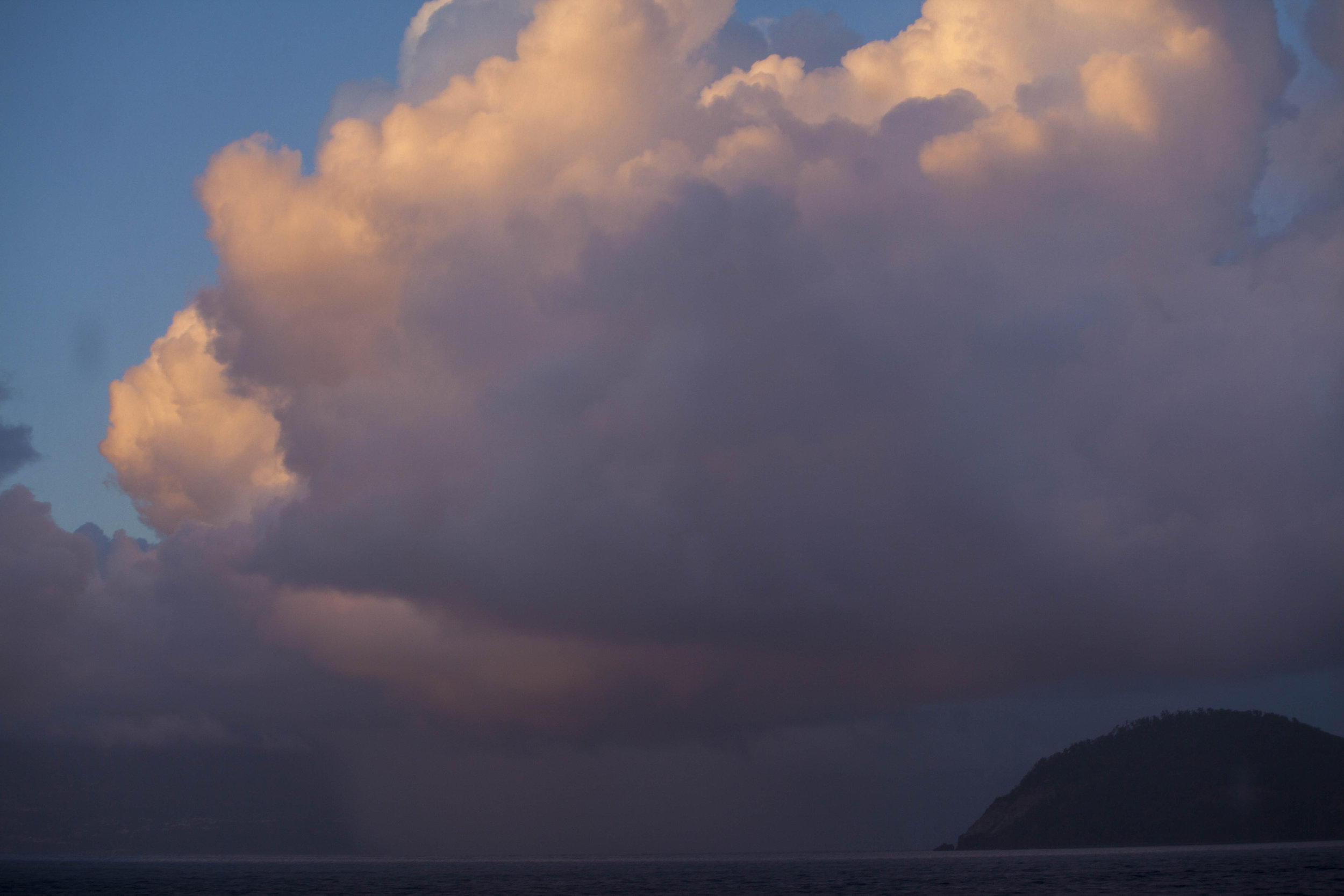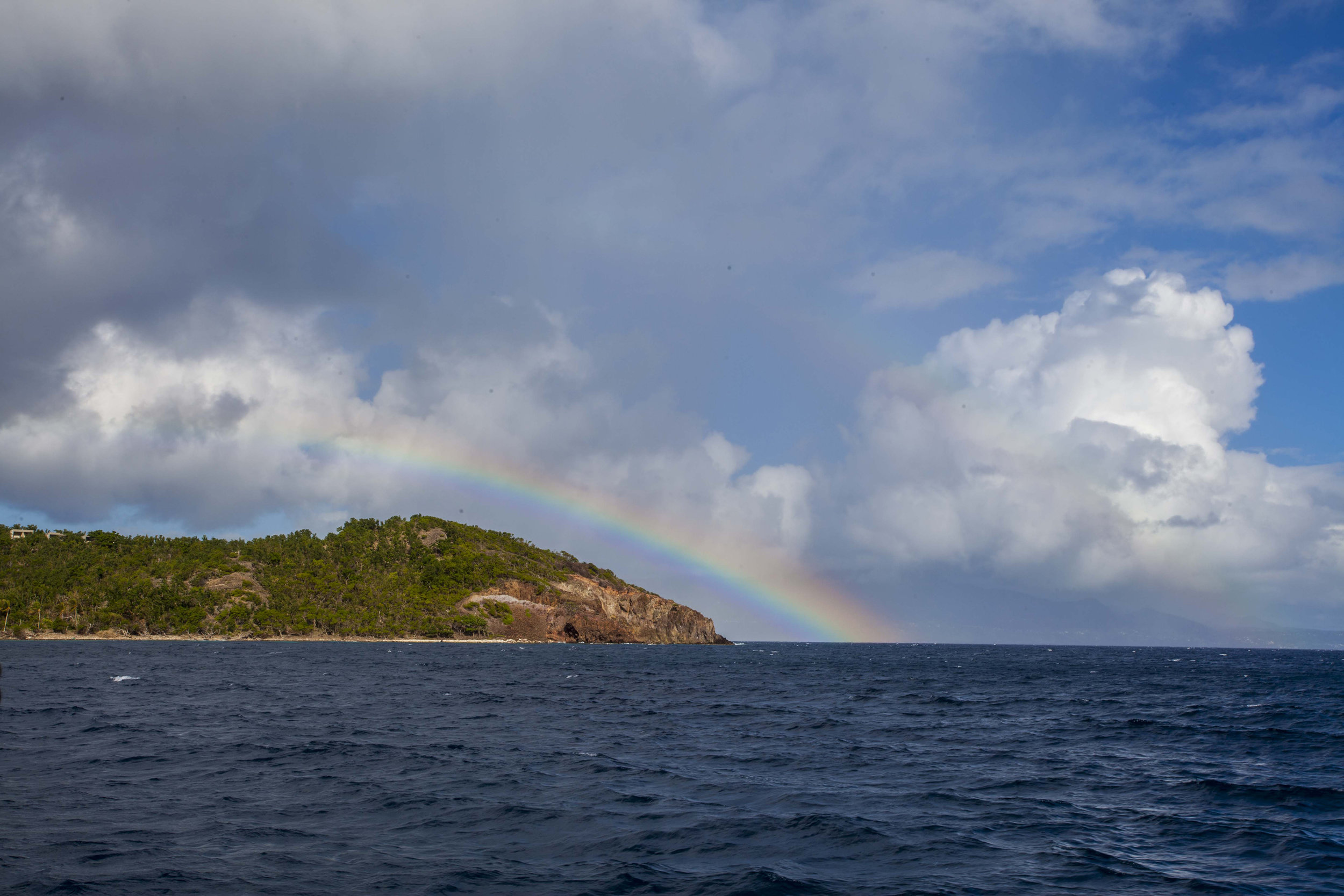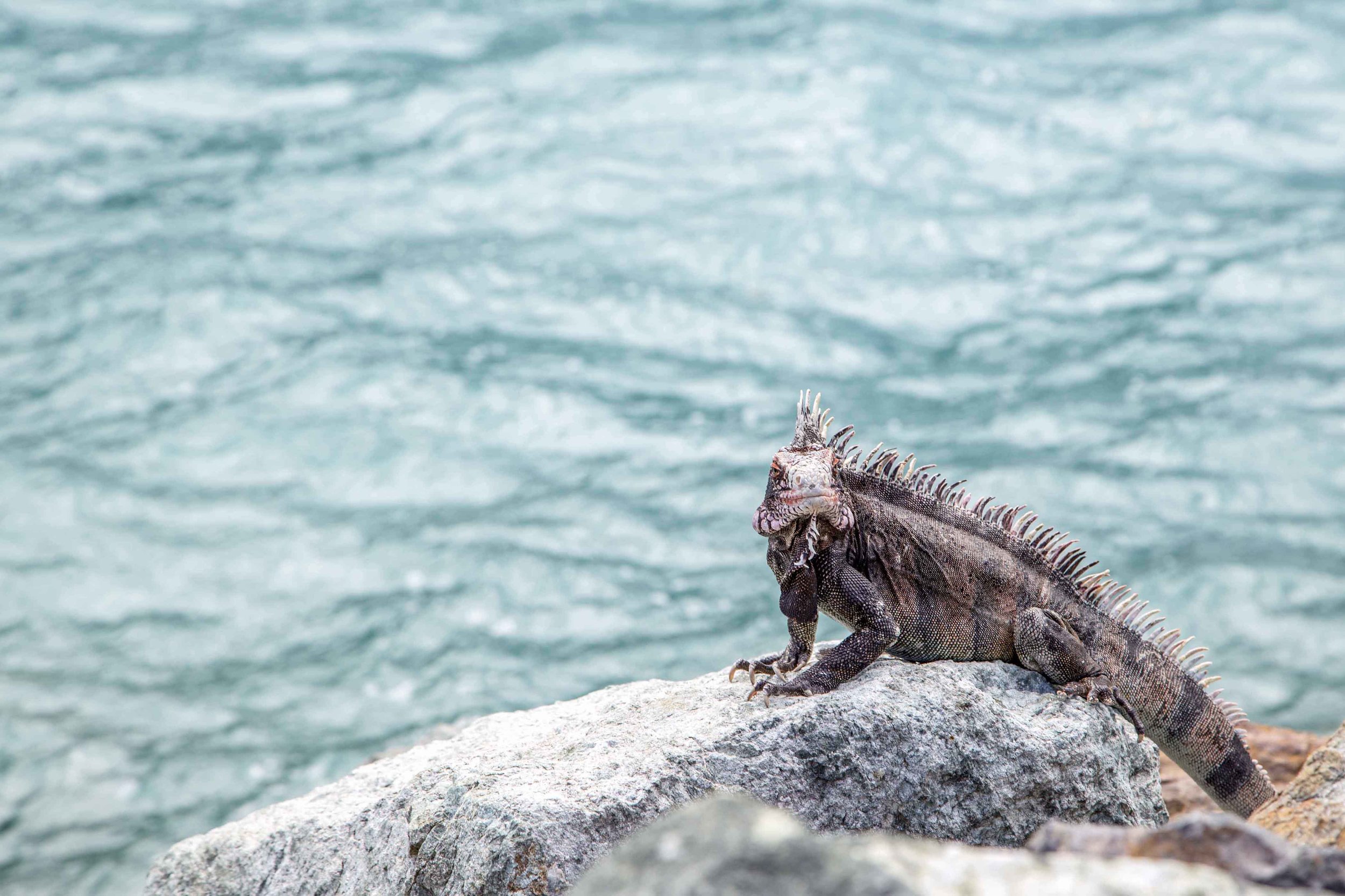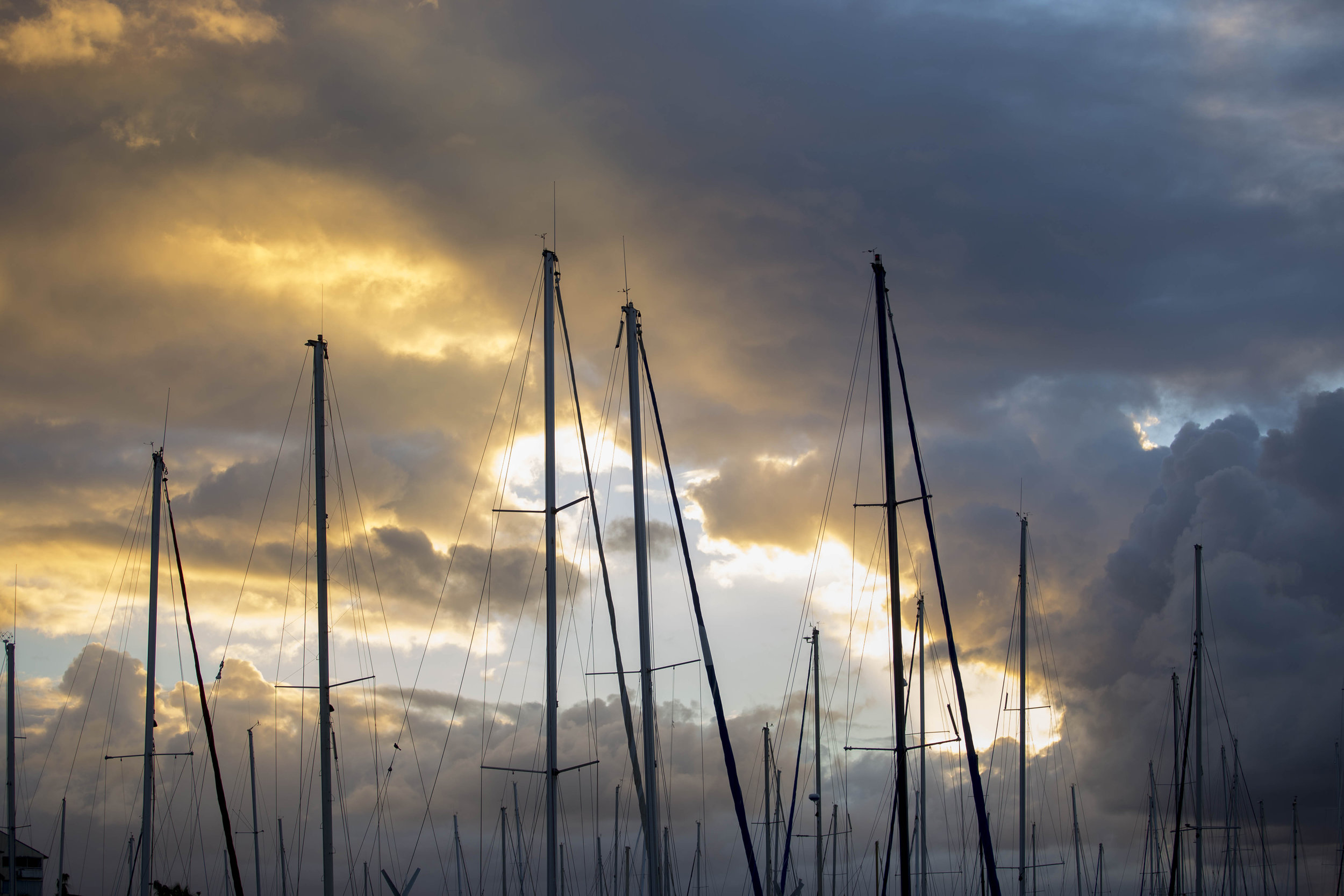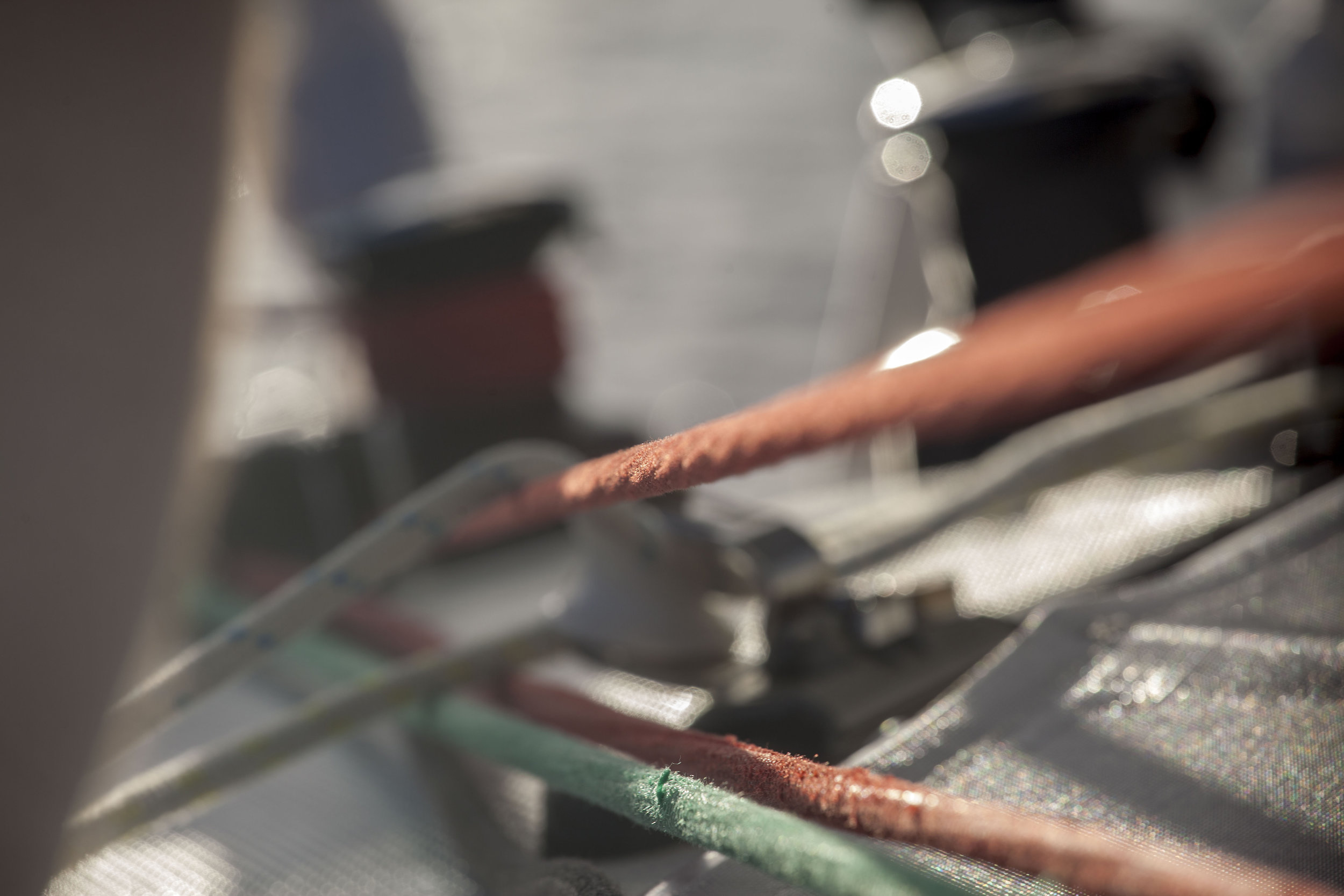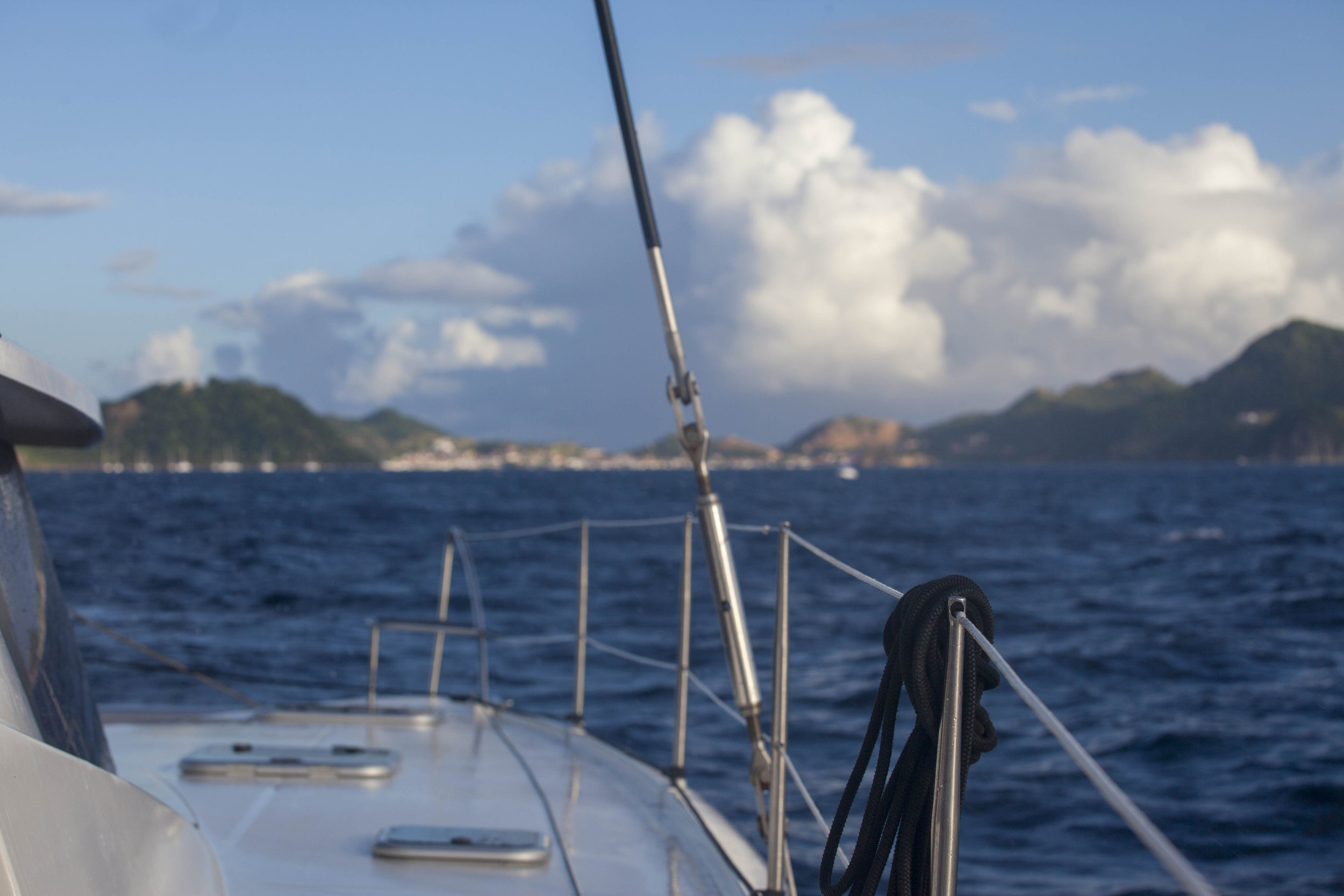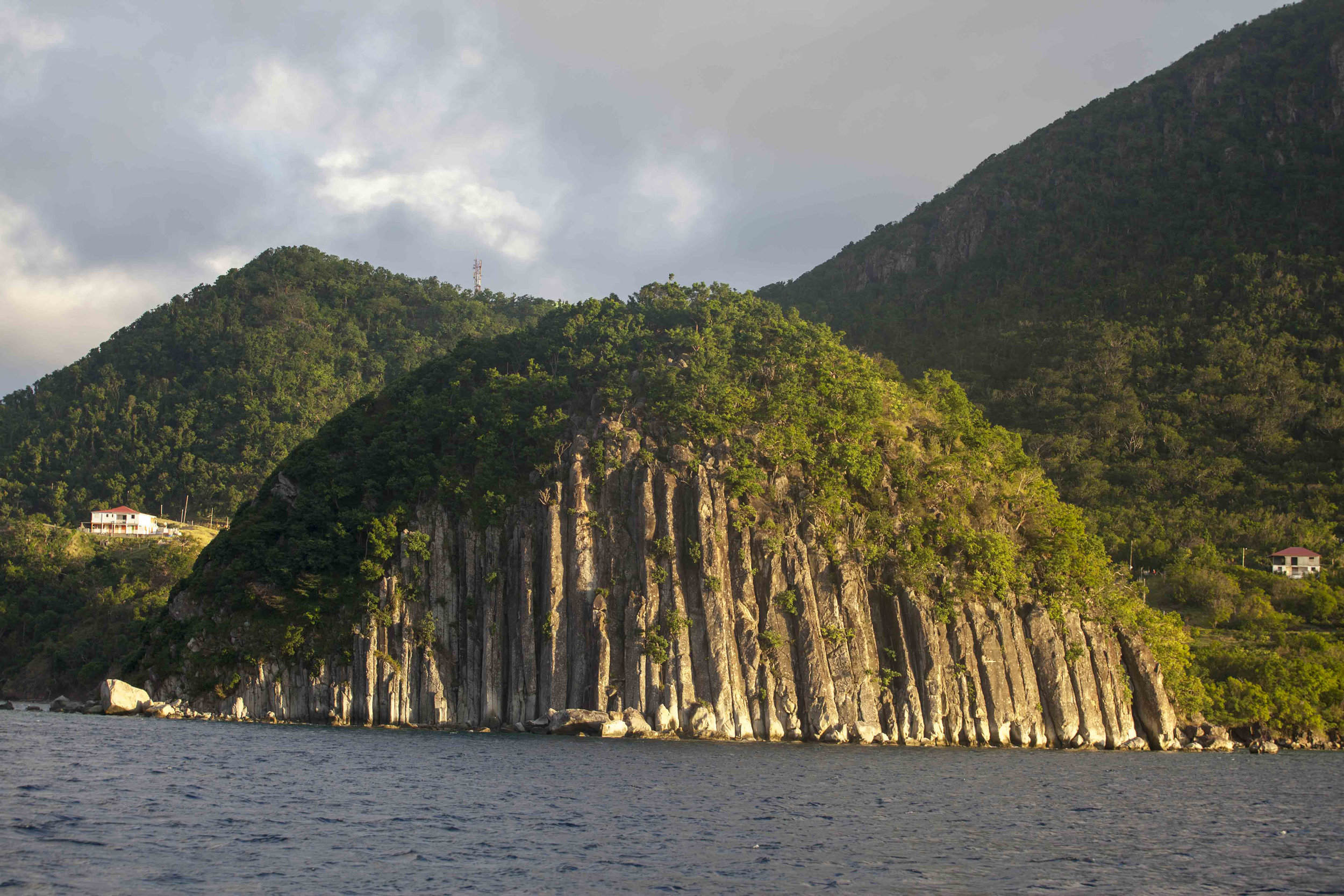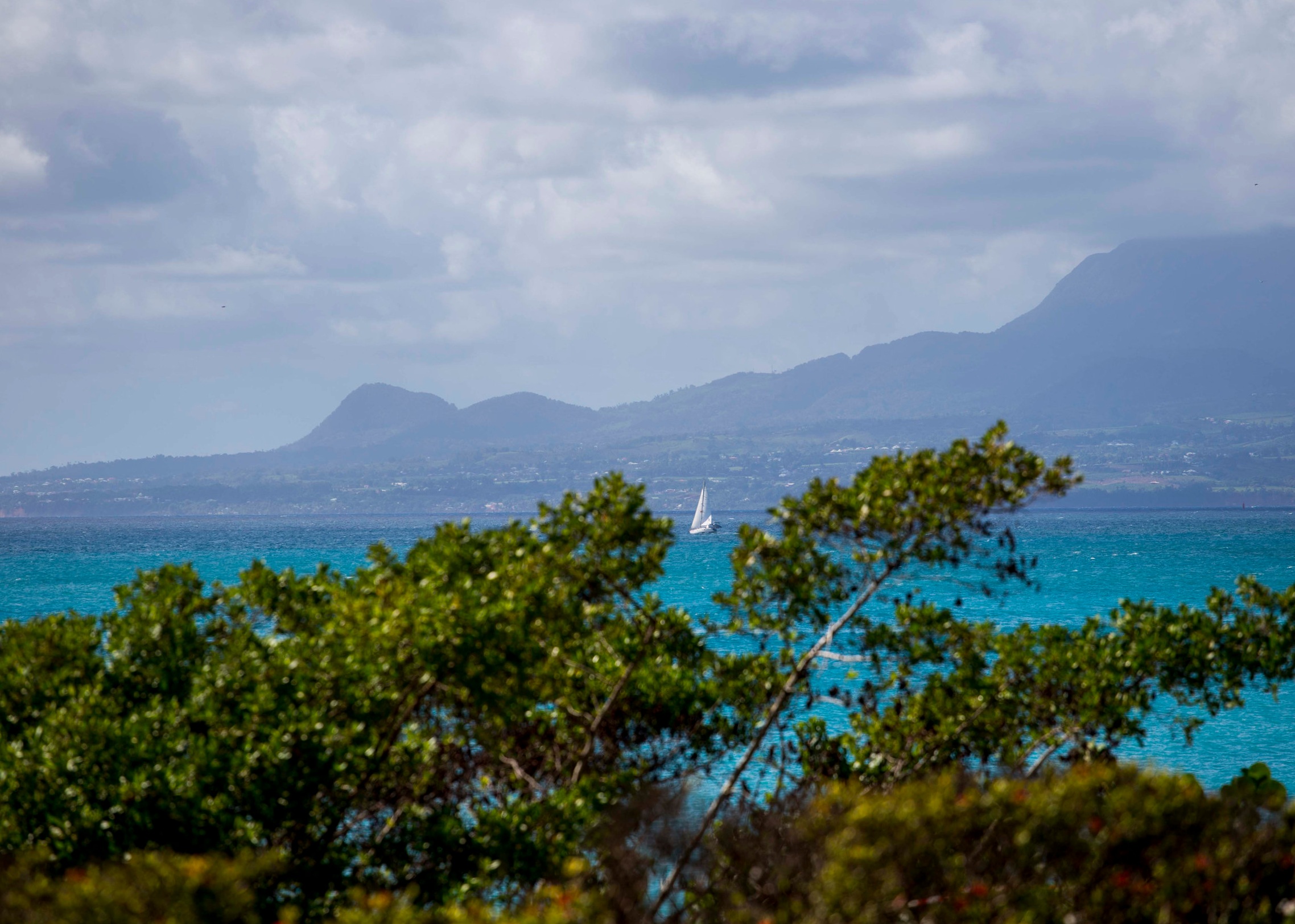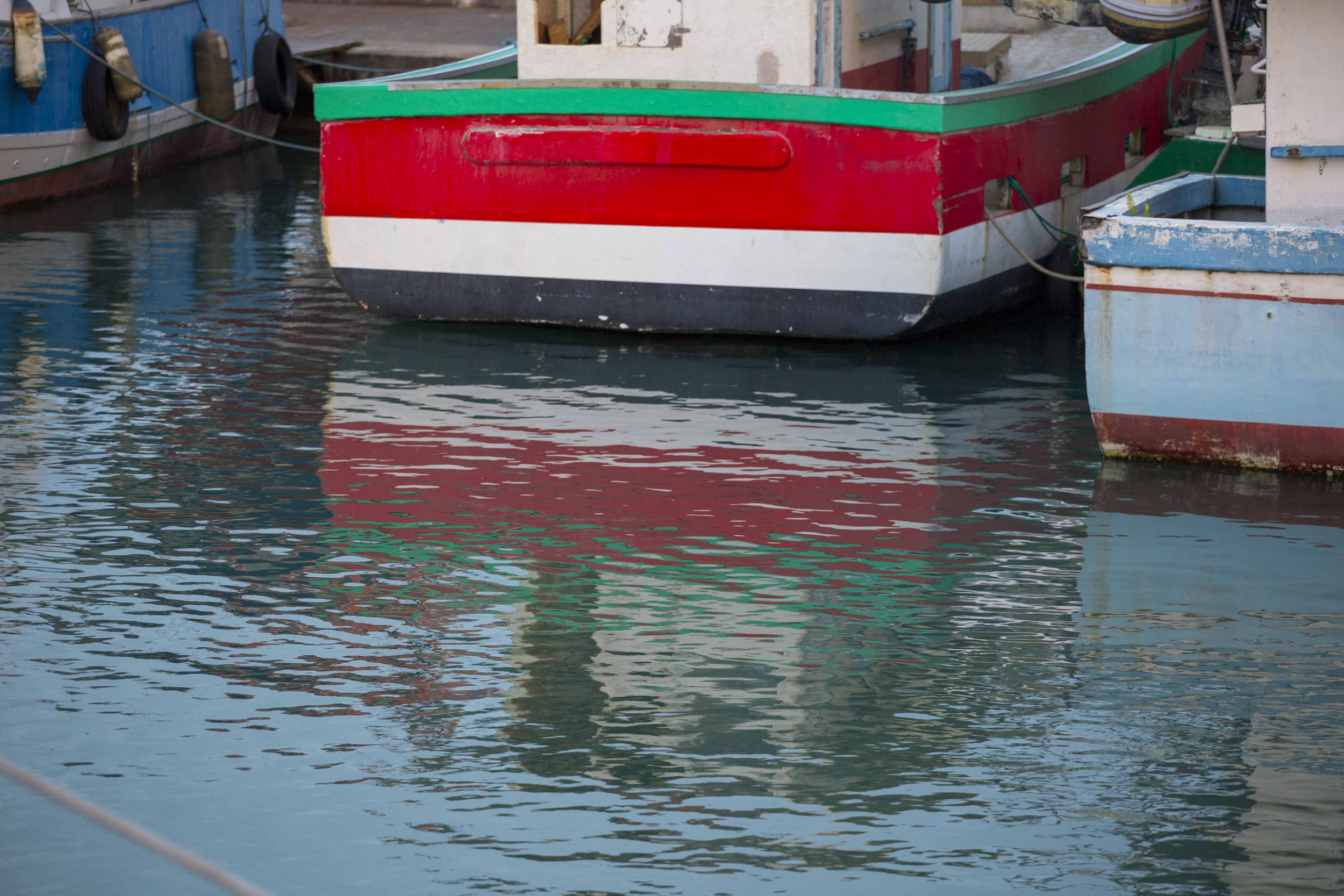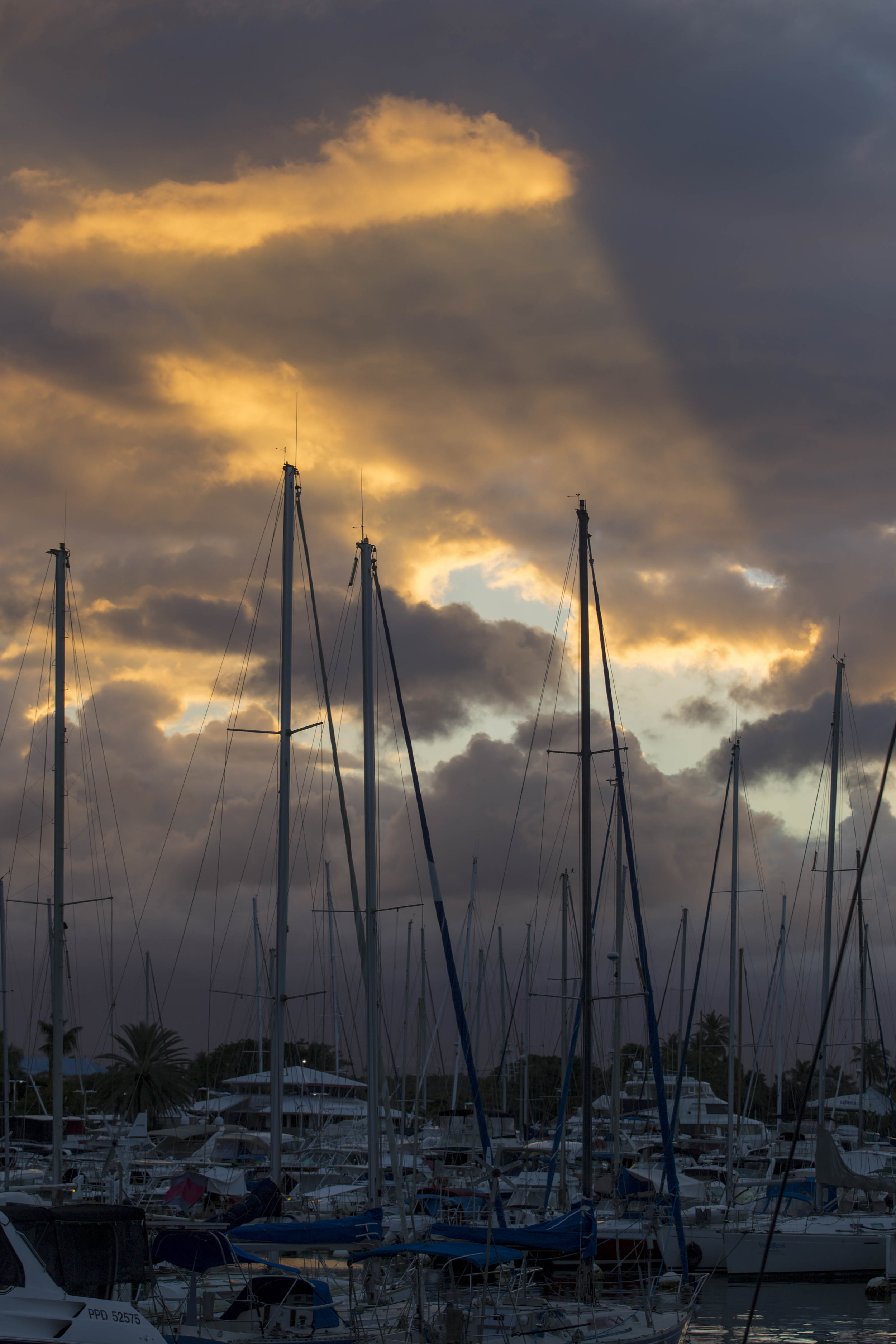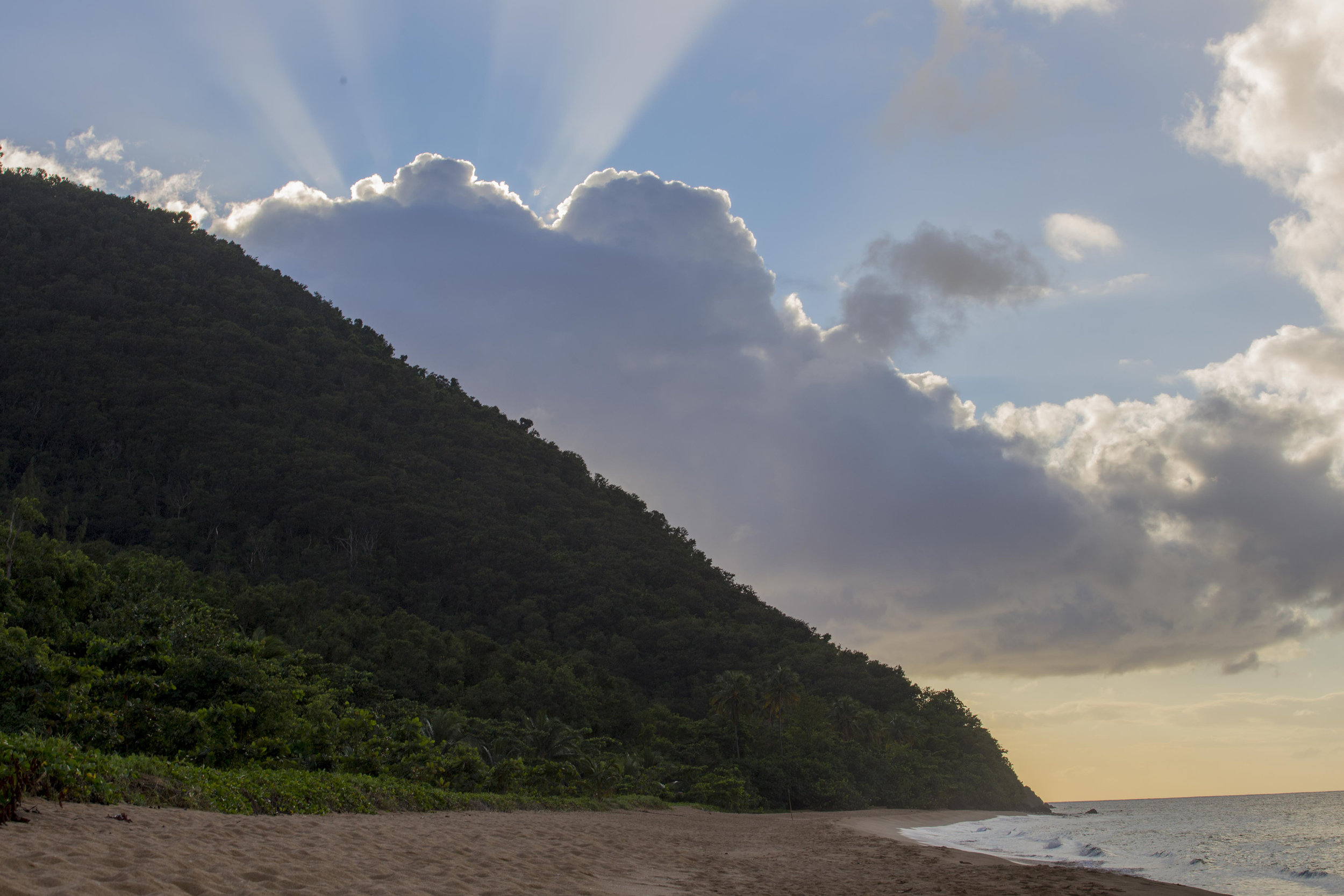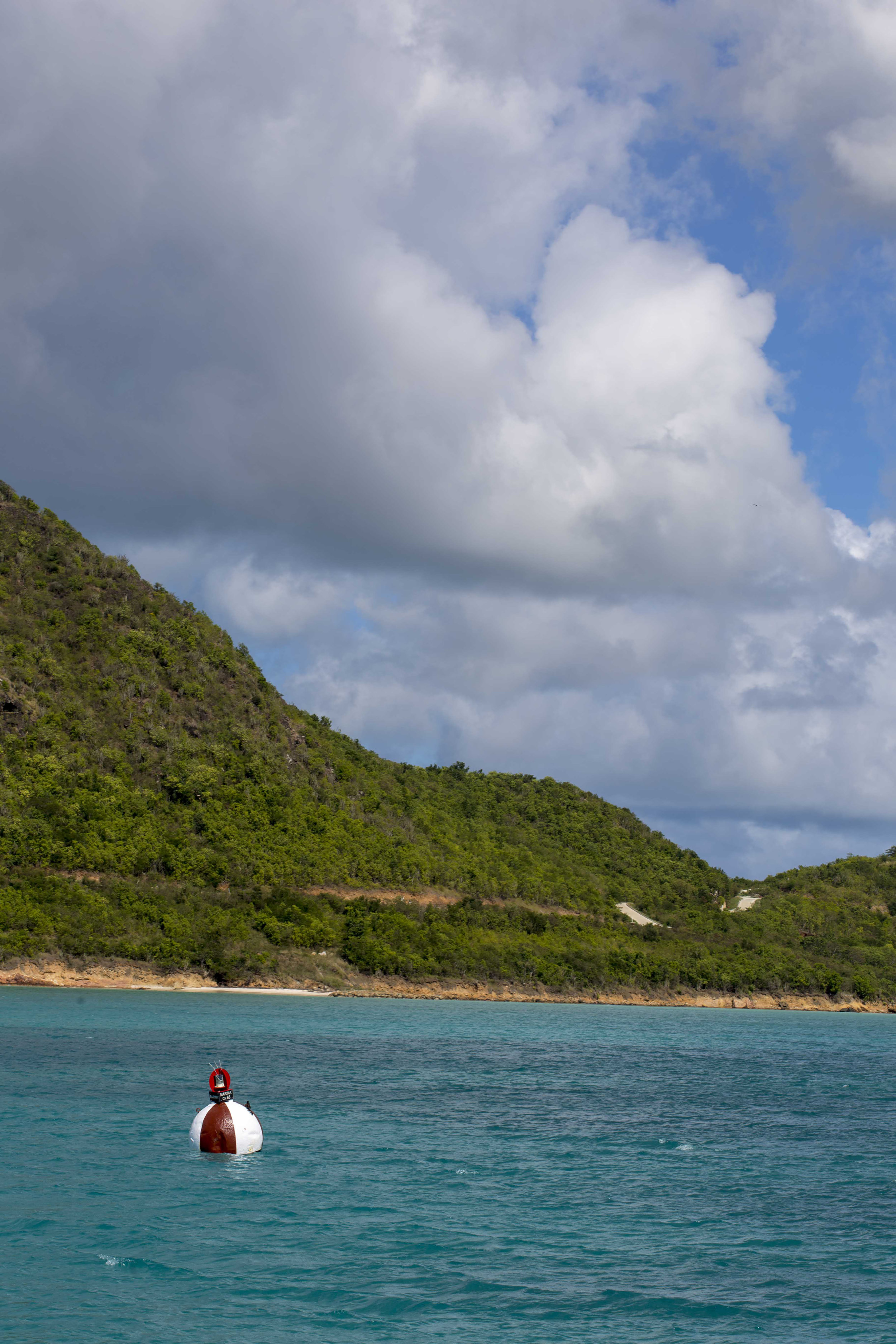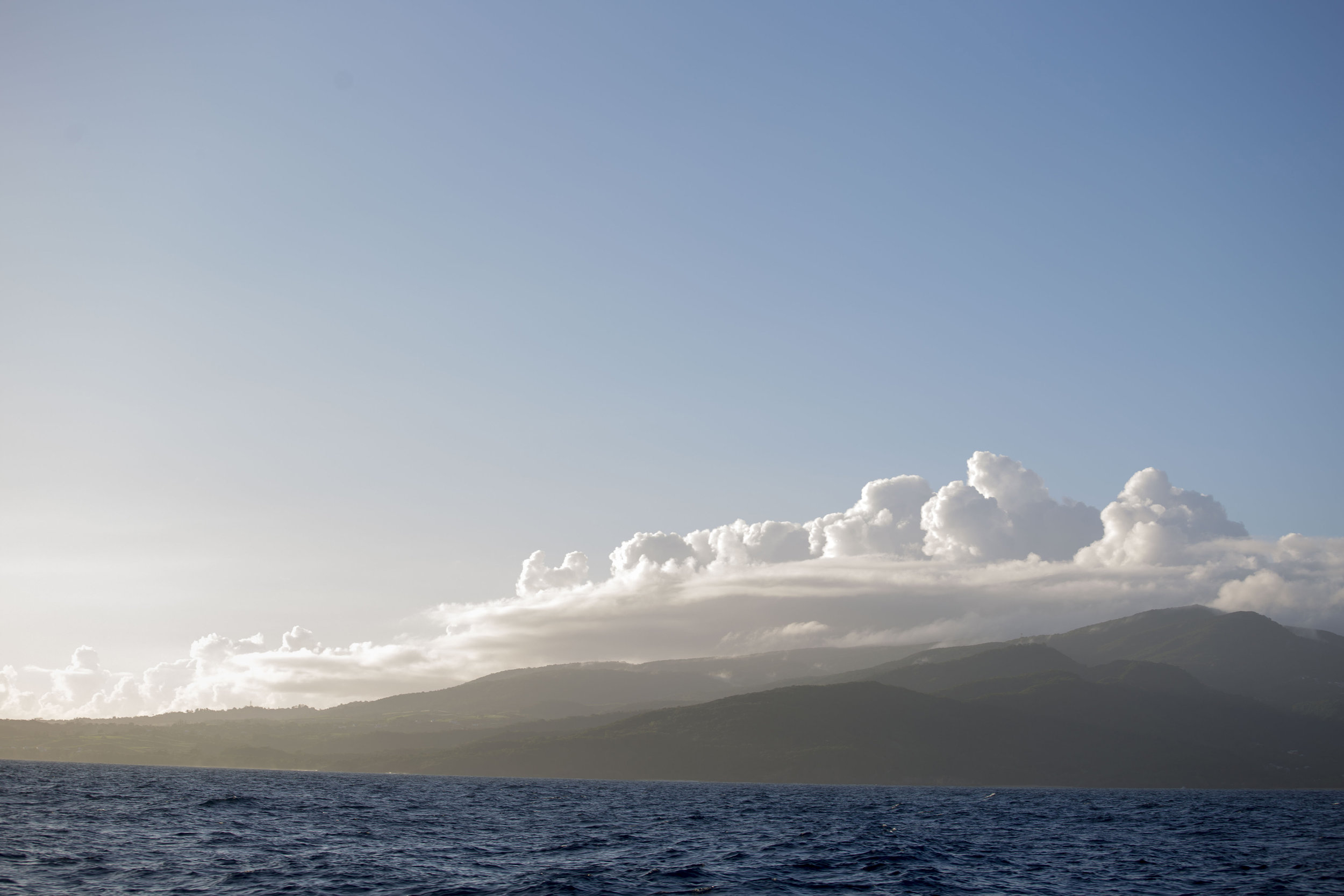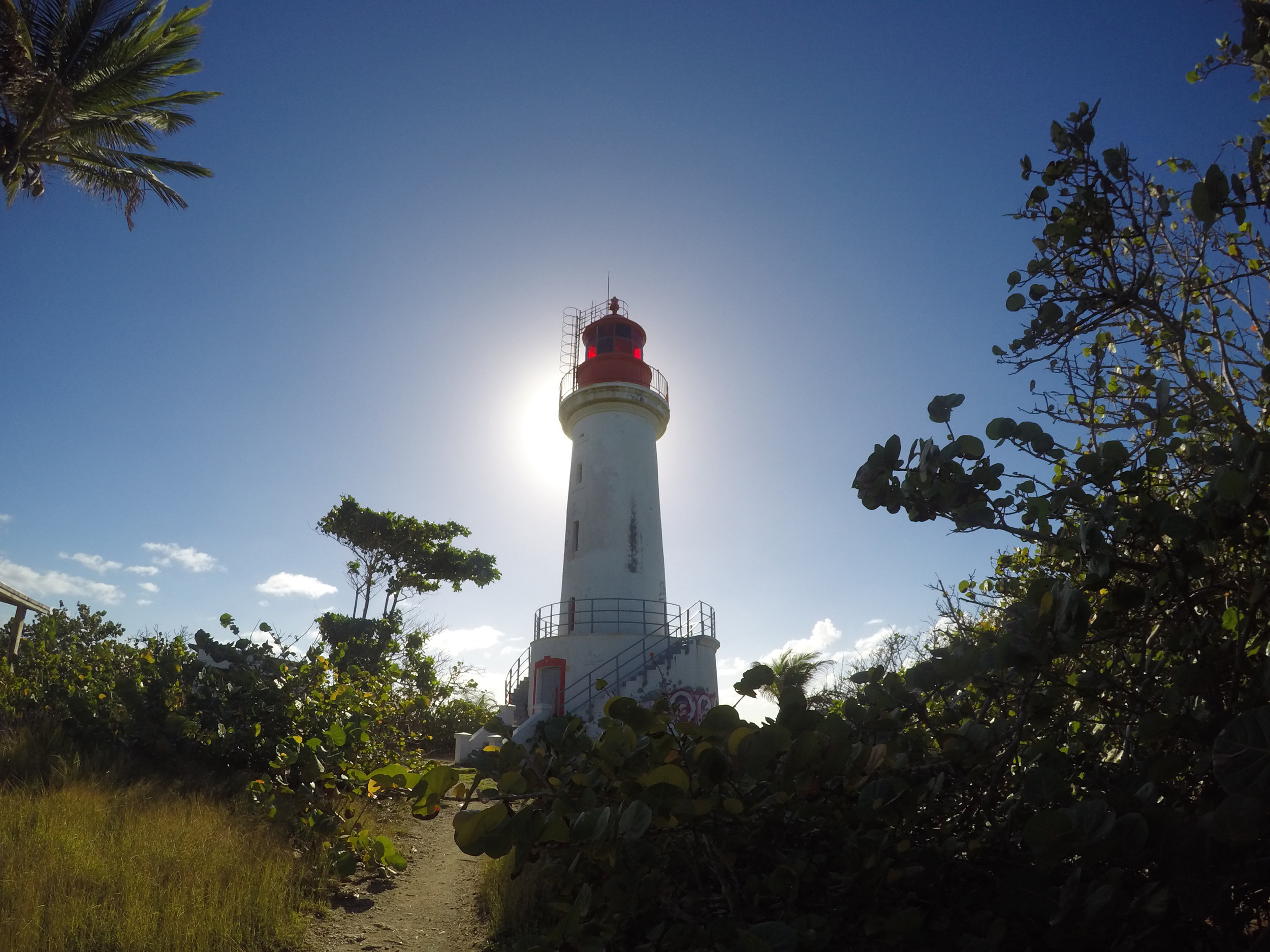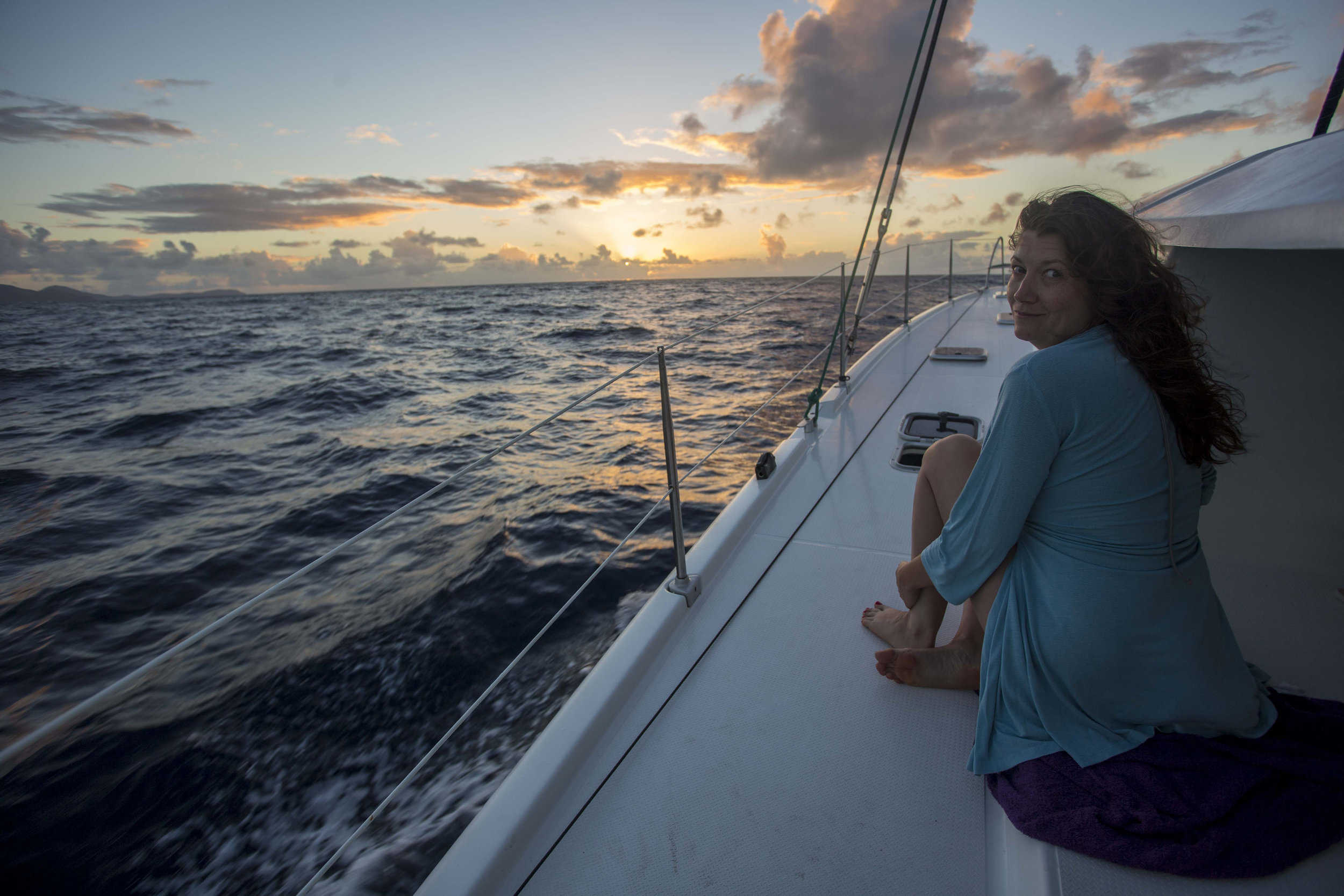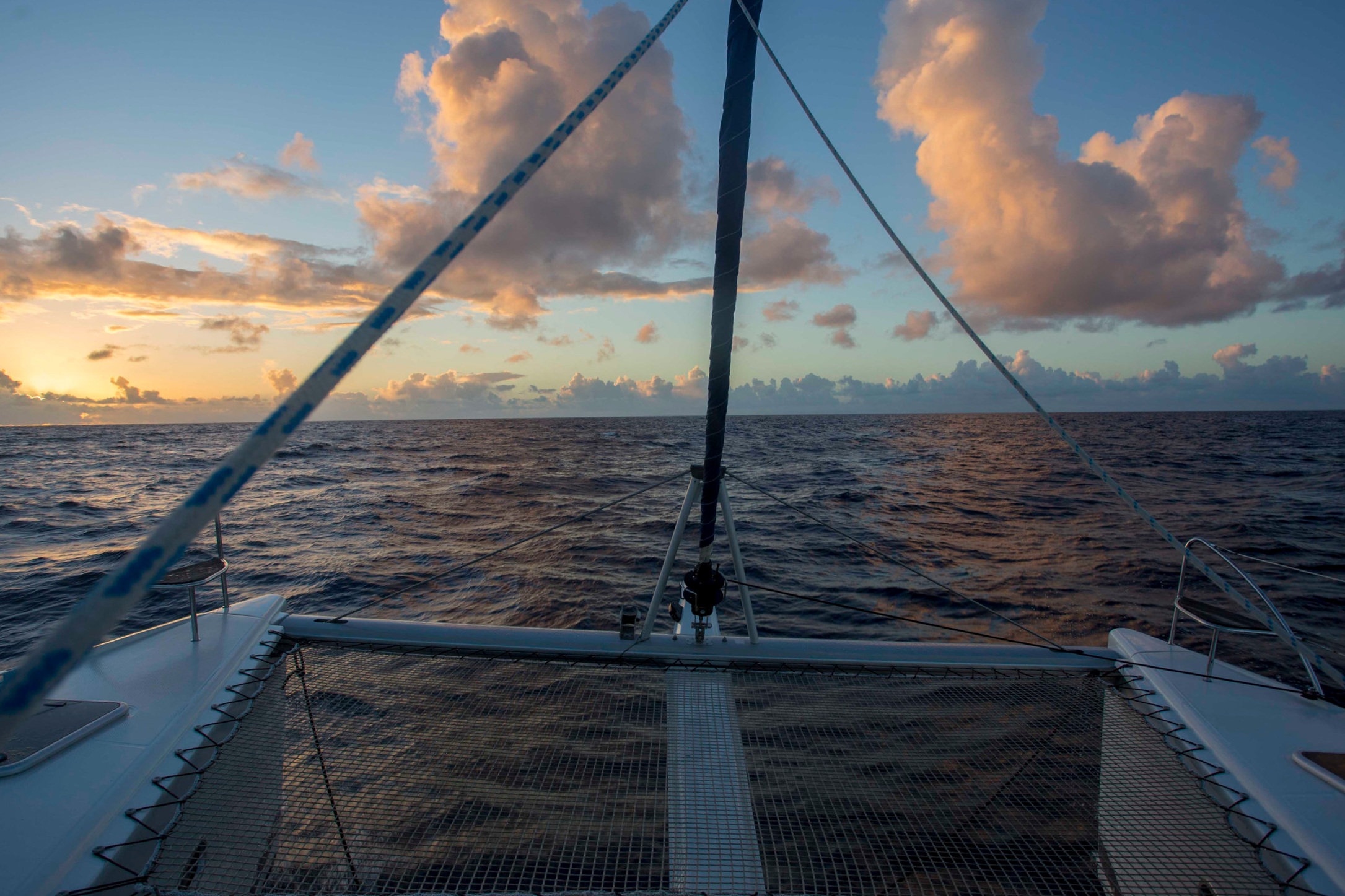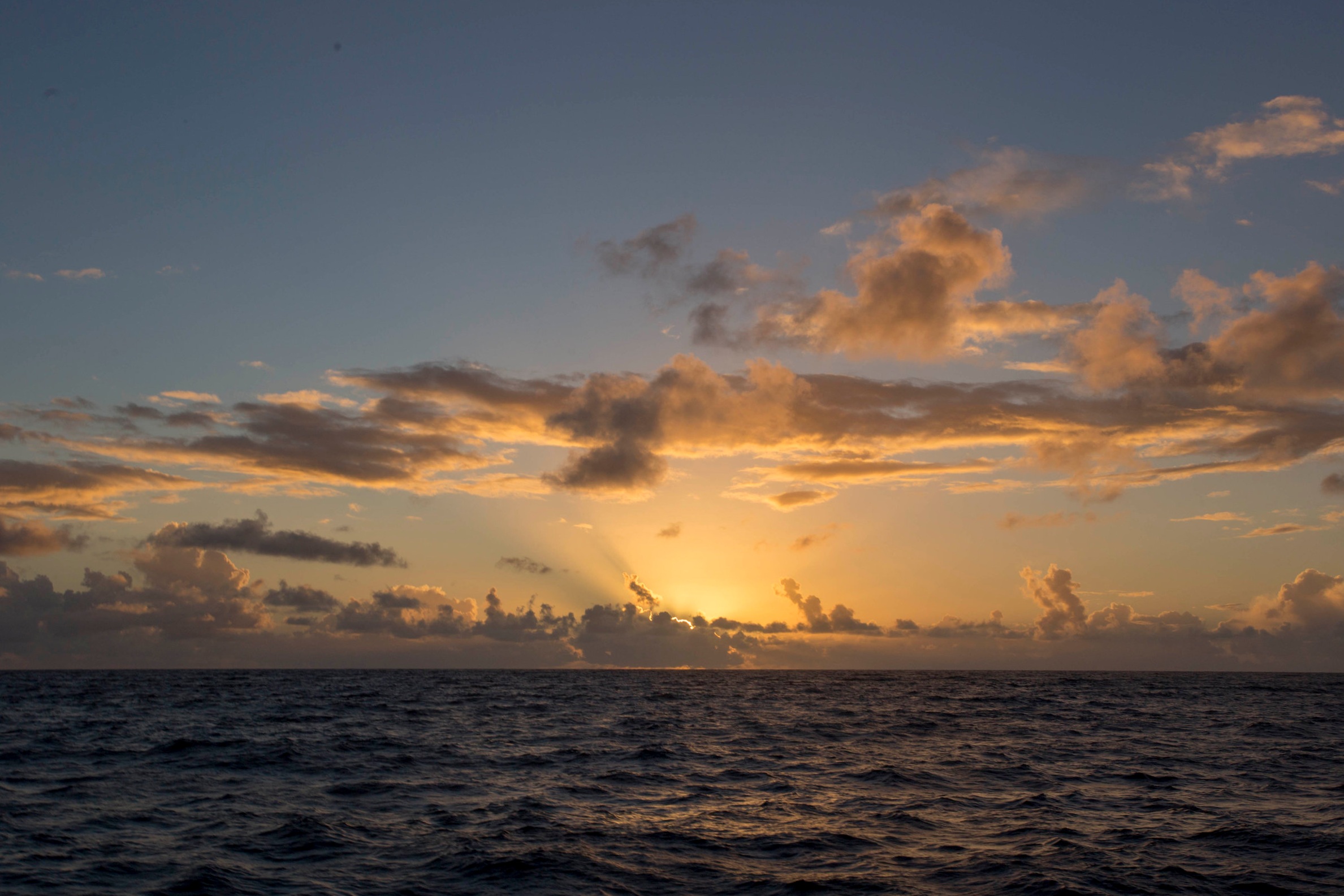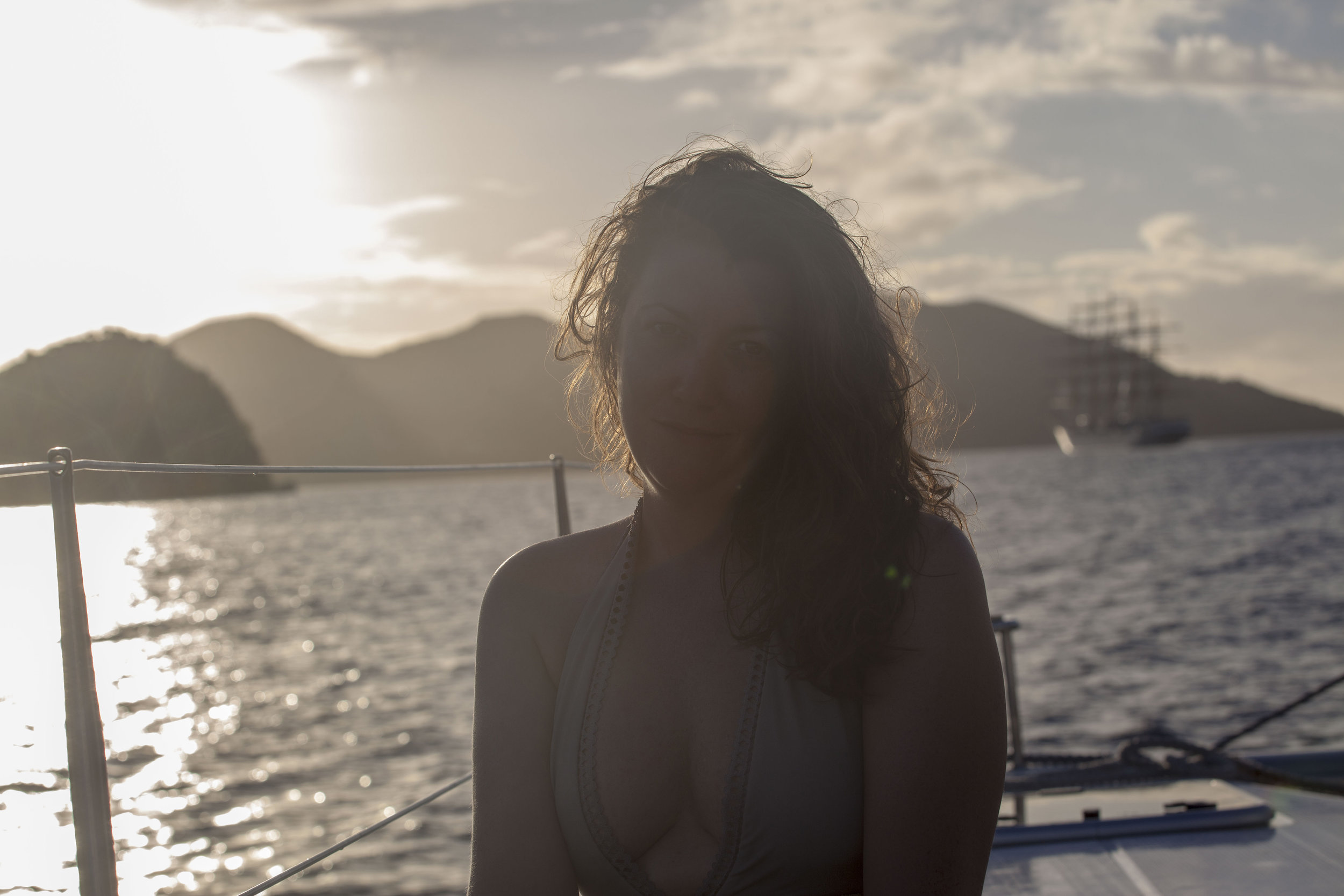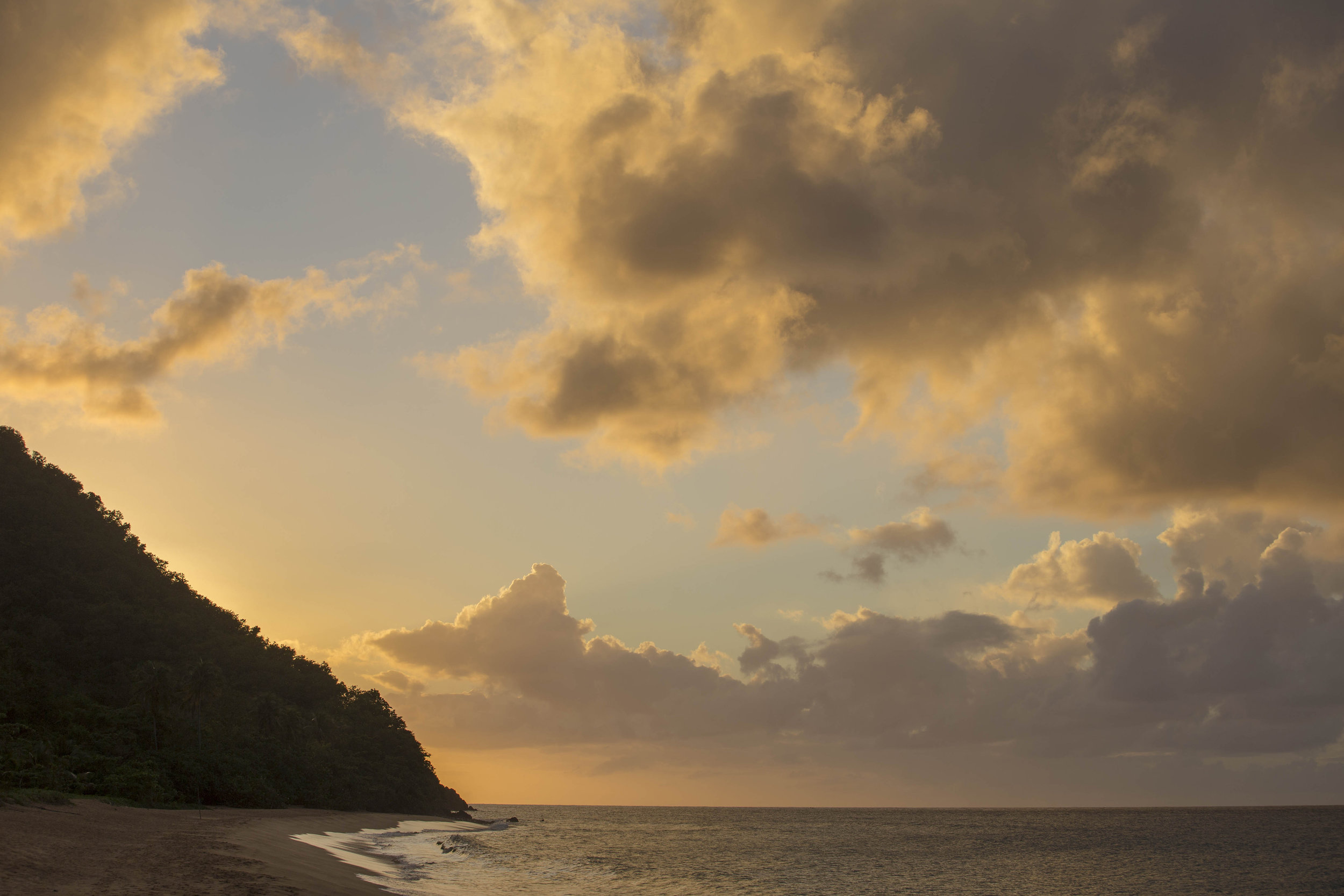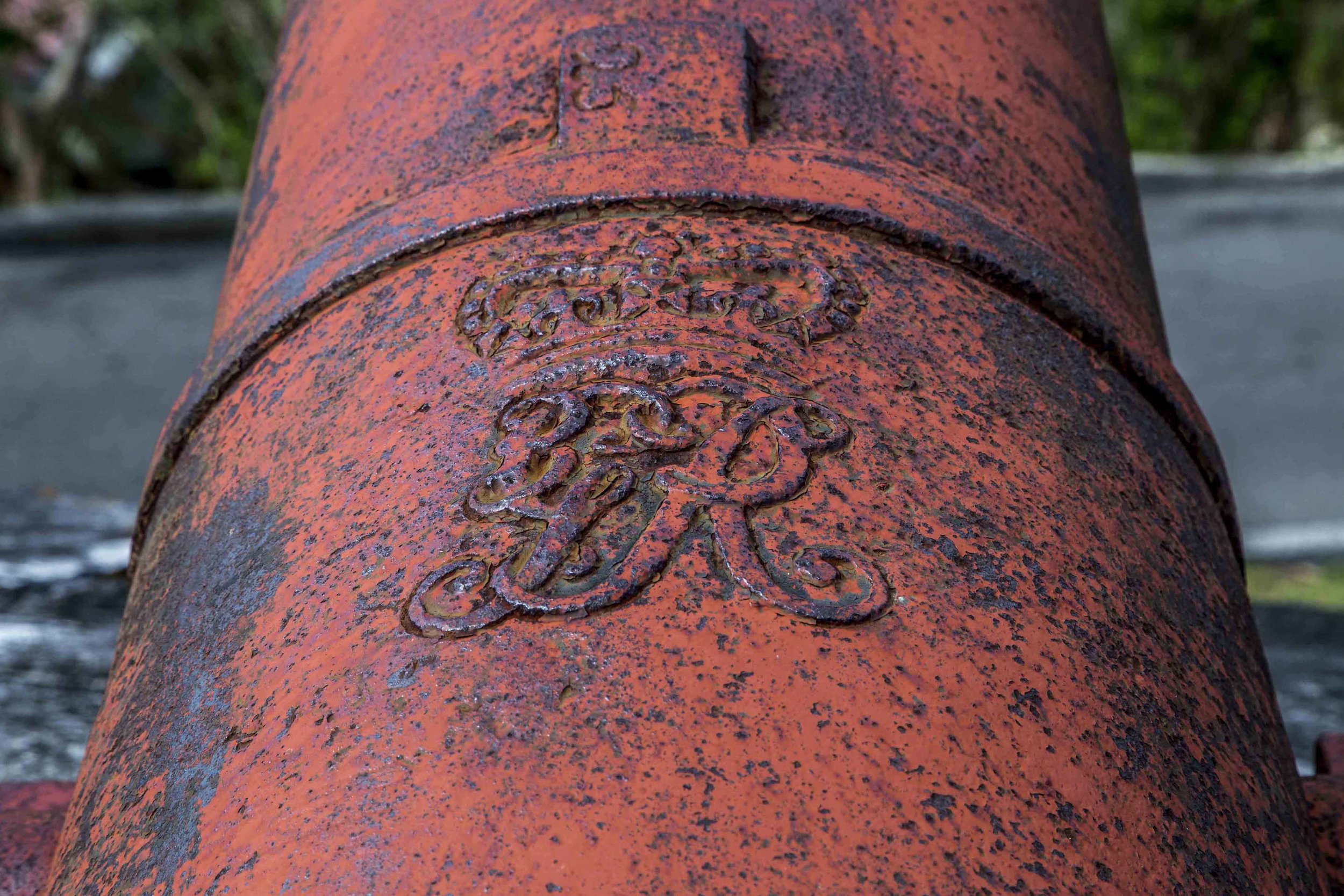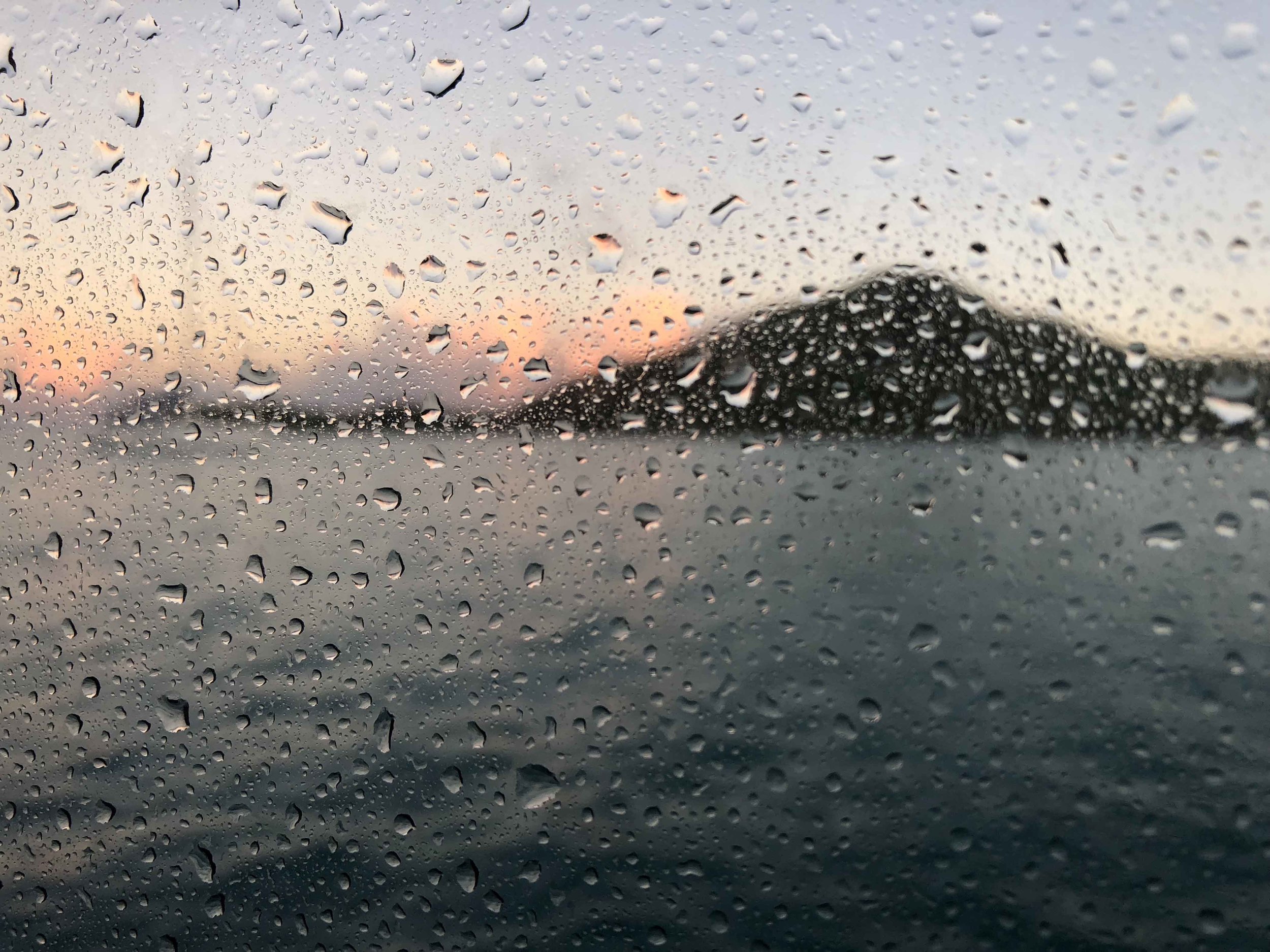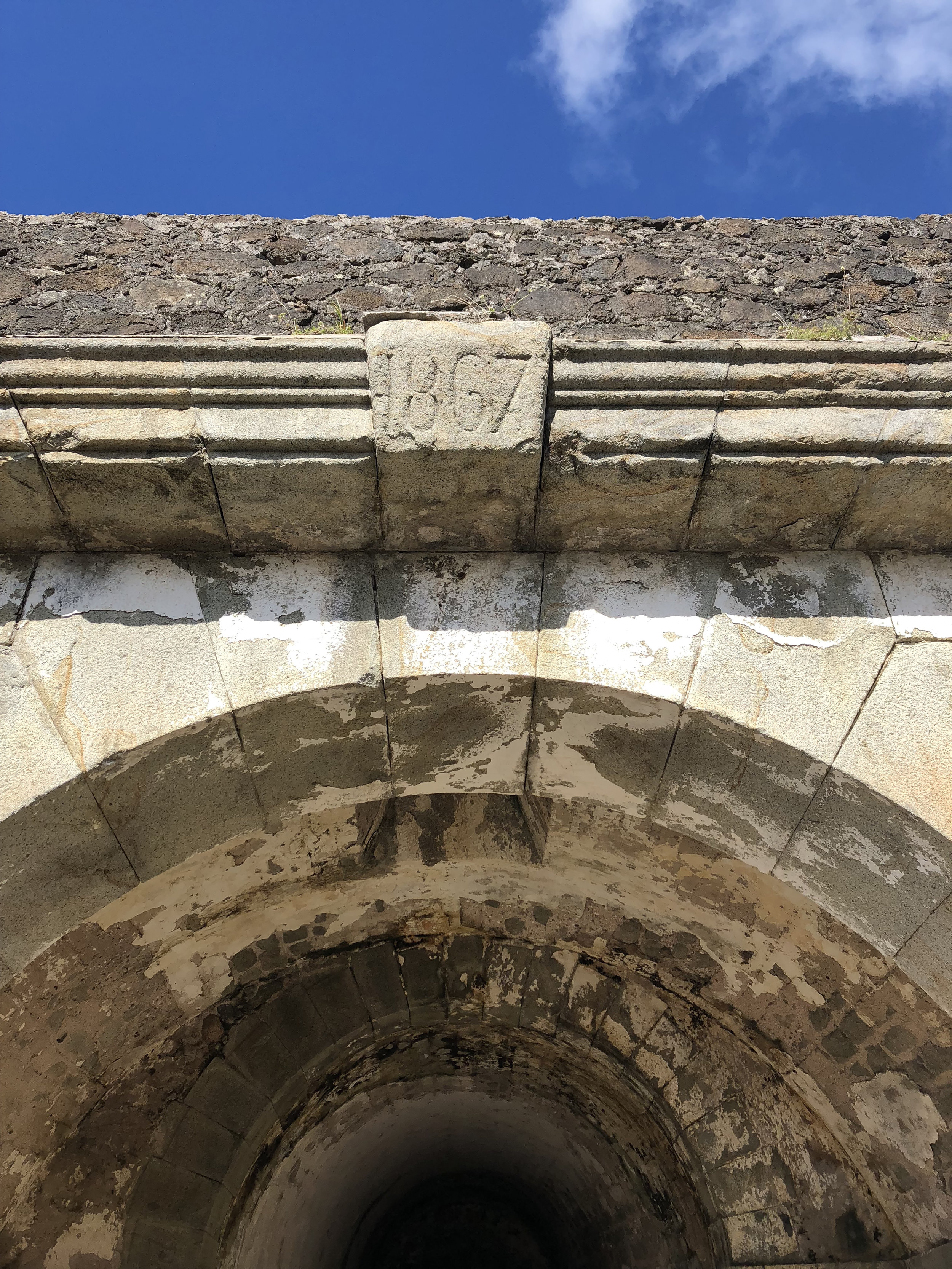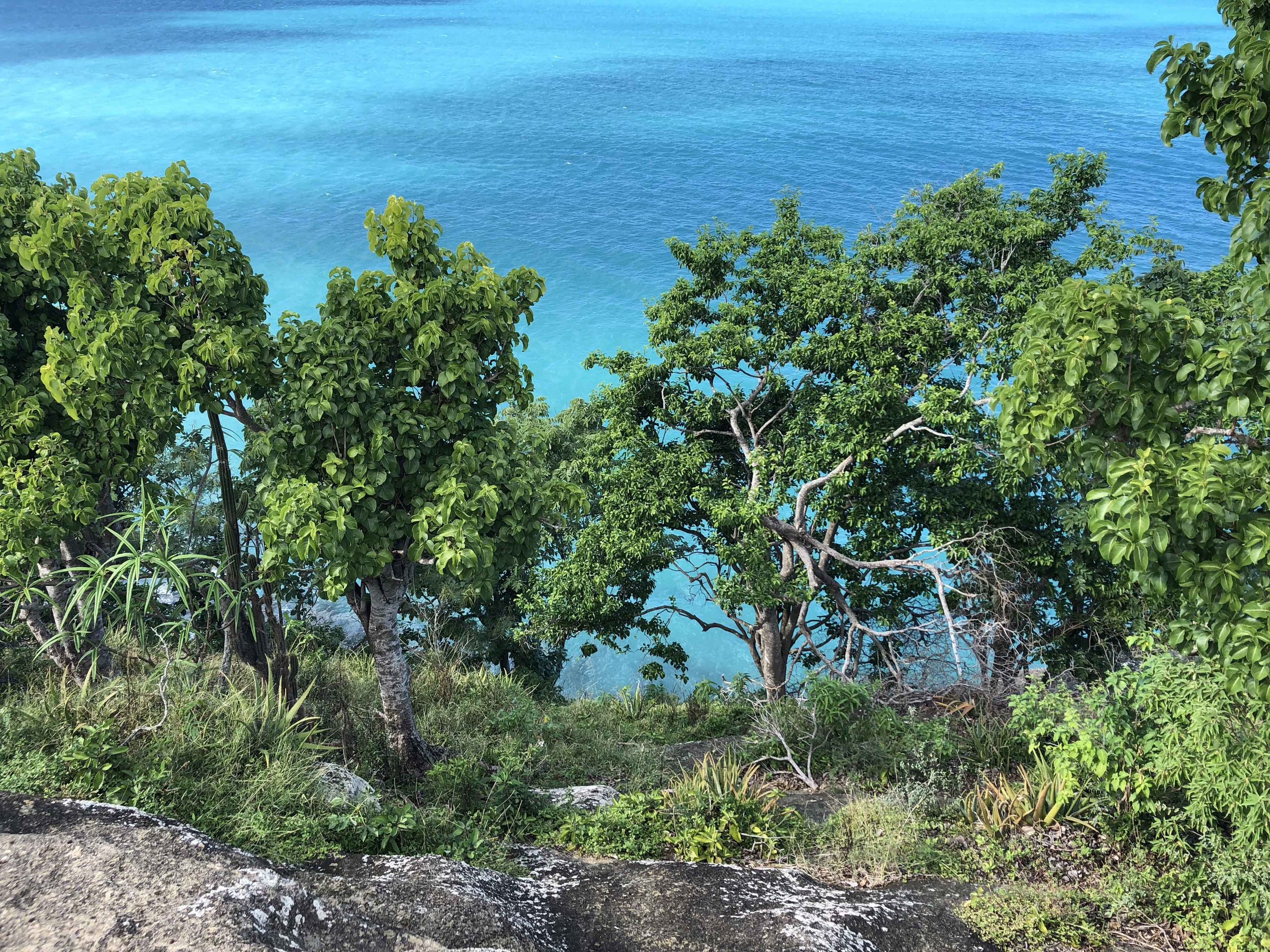
The French Caribbean
The Caribbean breathes the influence and bears the scars of all those who have passed through its islands, from its cultivation by the indigenous peoples to the ravage of the European colonists to the resilience of the Africans forcefully brought to its shores. Many countries are still connected to lands afar but have their own distinct culture, difficult histories somewhat obscured by the breathtaking scenery but nevertheless unhidden. One can visit sites of the Atlantic slave trade and see the fields of former sugar plantations, or wander out-of-commission forts where the British and French once attempted to defend their new possessions, or snorkel through the remains of the Andes shipwreck, now occupied by marine life.
One can also take to the sea, rocking on a boat from Antigua to Guadeloupe, sailing through near endless turquoise waters, interrupted only by the islands emerging from its depths. An inescapable sun pours over everything and creates a lazy serenity in those unaccustomed, abated only by a dip into the surf with the occasional dolphin or sea tortoise, used to humans in their space, swimming nearby.
Docking at the ports and fishing towns on Guadeloupe, like Deshaies or around the Îles des Saintes archipelago, gives one a sense of being in a tropical France--ebullient beachfronts ruled by tourism and rum drinks; markets of fresh fruit and imports; restaurants serving the food, wine and baguettes--with that fabulous butter--of its presiding country. First sighting of a wild iguana, though, reminds of the distance between the two.







